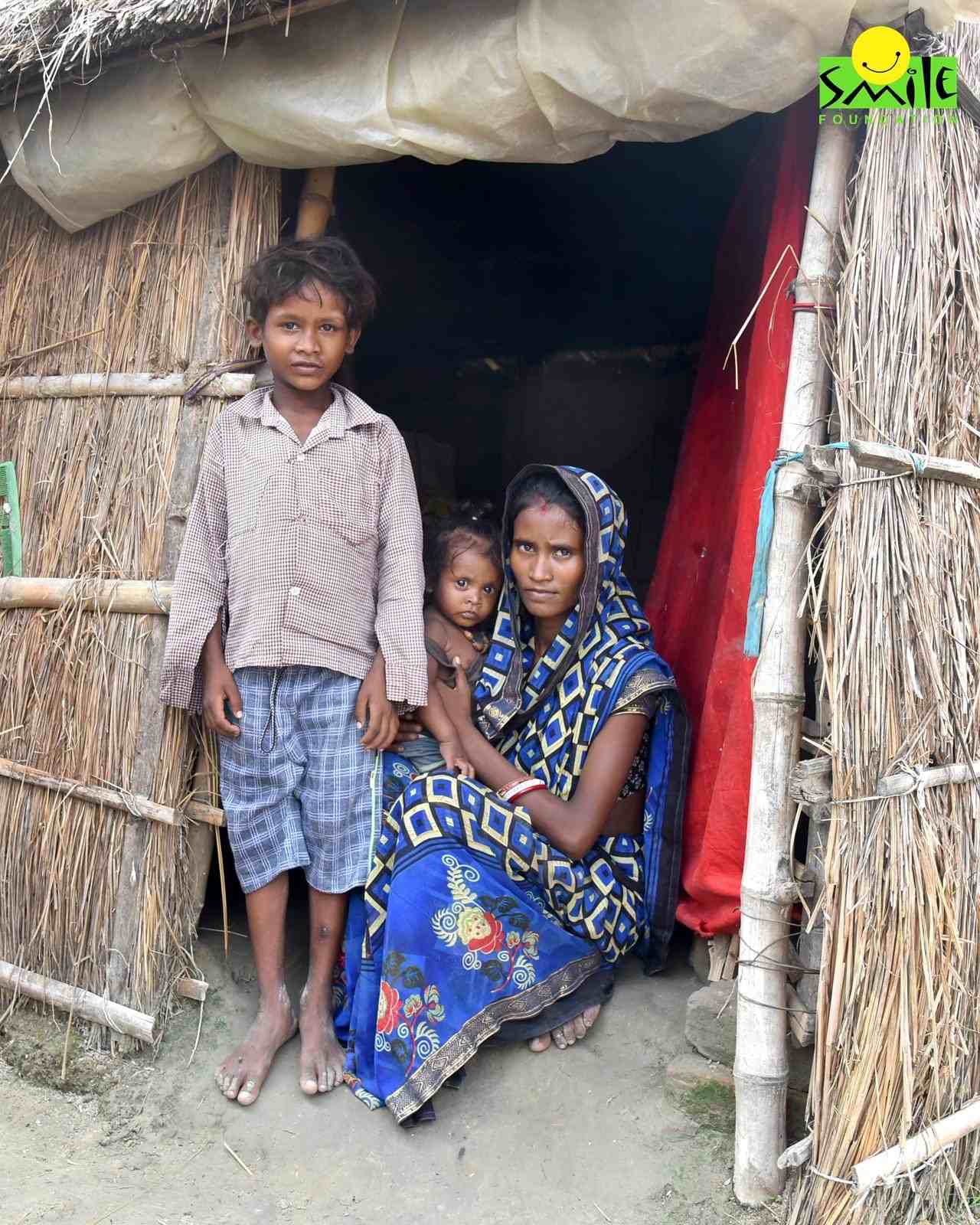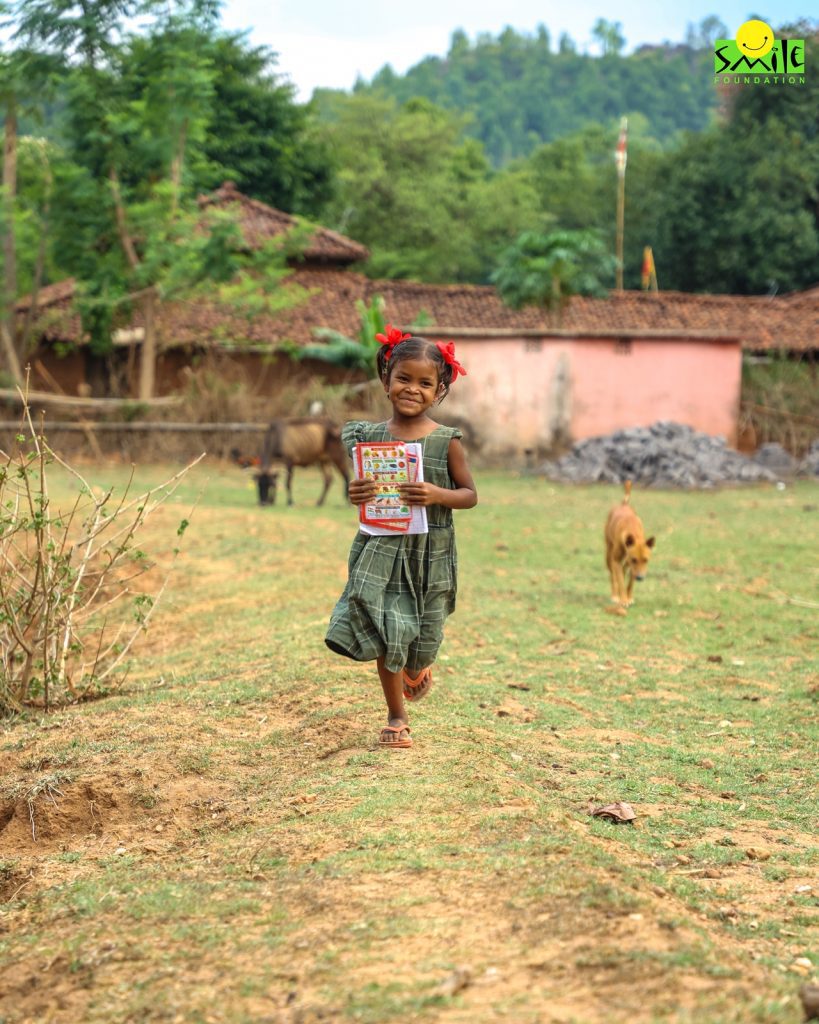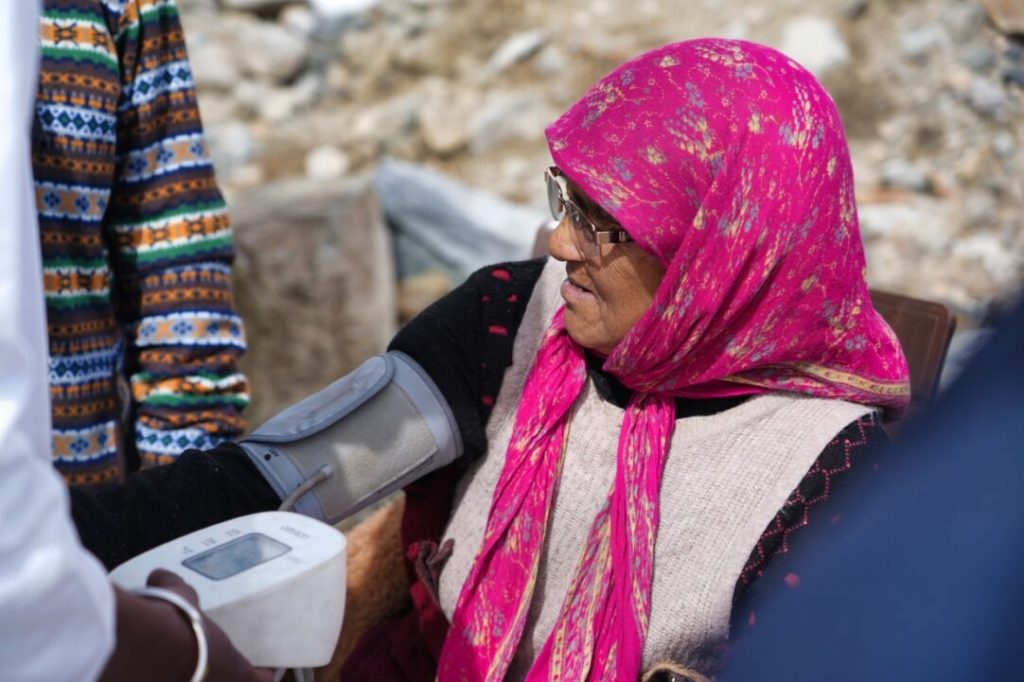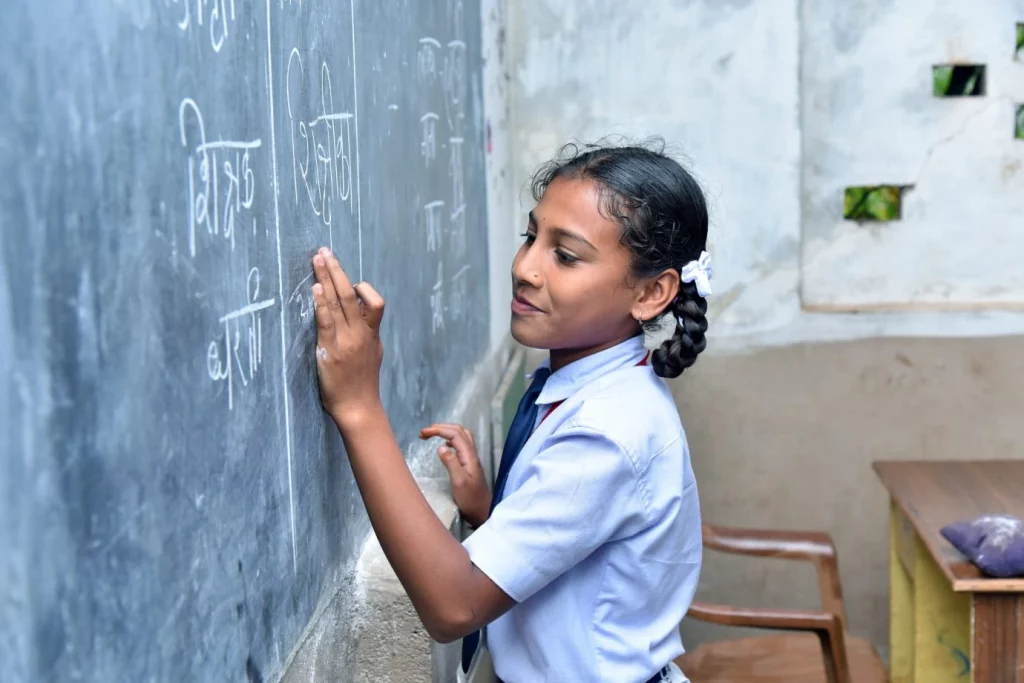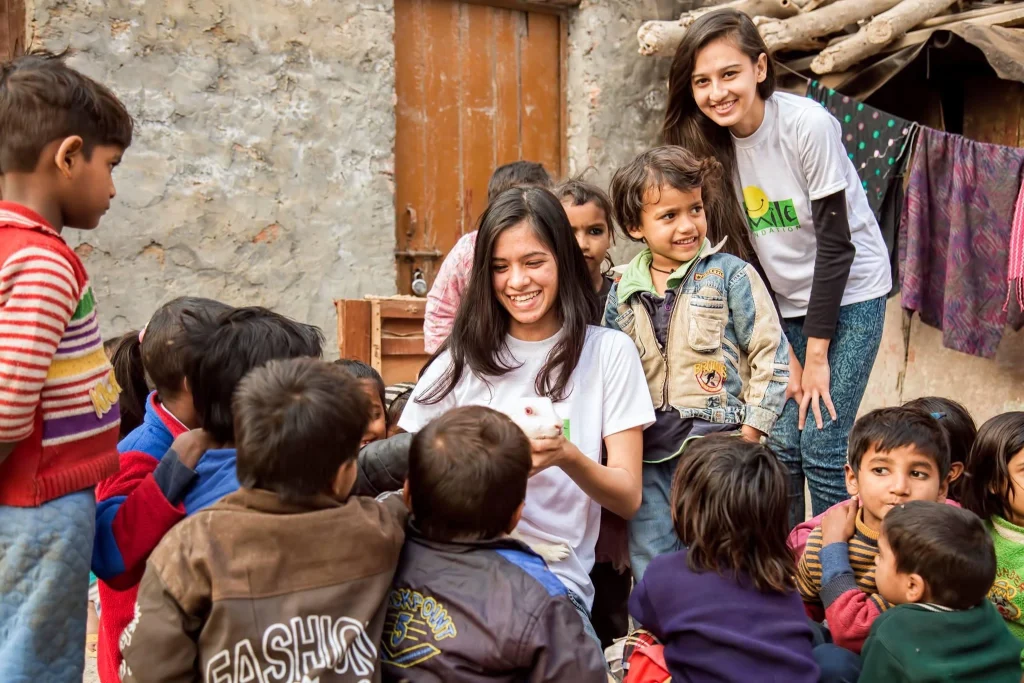Earlier this year, major publications featured similar headlines highlighting the growing issue of income inequality in India. They referred to a report that indicates that India’s top 1 percent hold about 40 per cent wealth. Thus, despite being one of the fastest-growing economies globally, India also stands out as one of the most unequal countries globally. This is particularly staggering an issue for a country like India because economic inequality only exacerbates a society already divided along lines of caste, religion, region and gender. This issue of income inequality is thus complex and multifaceted, deeply embedded in historical and structural contexts.
This presents a significant challenge to the country’s progress. By examining its historical roots, current effects and its repercussions across various workstreams, we can gain insight into how the same poses a structural problem that requires attention.
Dive into the past and present
During much of the 1930s, under British rule, India saw the richest 1 percent of its population controlling about 20 percent of the national income. In ‘Economic Equality in India: The ‘Billionaire Raj’ is now more equal than the British Raj’, a 2024 paper authored by Nitin Kumar Bharti, Lucas Chancel, Thomas Piketty and Anmol Somanchi at World Inequality Lab, it is further revealed that since post-independence India initially pursued a path of planned economic development with a focus on social justice and equitable growth, income inequality significantly decreased. This reduction can be attributed to the broadly socialist policies adopted by the government.
However, the researchers note a marked increase in inequality after the 1980s. The reach combines national income accounts, wealth aggregates, tax tabulations, rich lists and surveys on income, consumption and wealth to showcase how the legacy of colonial exploitation had already left structural imbalances and the liberalisation era that began in the early 1990s marked a significant shift in India’s economic trajectory, causing numbers to skyrocket post-2000. The report reveals that between 2014-15 and 2022-23, wealth concentration at the top end surged notably. By 2022-23, the income and wealth shares of the top 1 percent had reached unprecedented levels, standing at 22.6 percent and 40.1 percent, respectively.
Negligible growth
An opinion piece published in Deccan Herald argues that while the wealthy have experienced more substantial financial gains compared to the less affluent, overall living standards have risen for all. This improvement has left many to believe that, despite the unequal distribution of wealth, there have been positive developments for the broader population. However, the writers refute this claim using data from the World Inequality Database on the trend of absolute income of the two income classes. They show that post-1991, the absolute income of the top 1 percent increased drastically, while the absolute income of the bottom 50 percent saw negligible growth.
Income inequality in India today is stark and troubling. Between 2014 to 2022, the net wealth of Indian billionaires surged by over 280 percent. This growth rate is a staggering 10 times faster than the 27.8 percent increase in national income during the same period, as reported in the annual Forbes lists of the world’s richest individuals—the publication carried a record number of 200 Indians in total in the Forbes 2024 World’s Billionaires list.
A prevailing problem
This extreme disparity is not merely a statistical anomaly but a manifestation of deep-seated structural issues within the economy and society. Furthermore, the consequences of this inequality extend far beyond financial statistics. In education, for instance, access to high-quality institutions and resources is predominantly available to the wealthy. In healthcare, affluent individuals can afford advanced medical treatments and private facilities while the less privileged struggle with underfunded public healthcare systems. The same divide is evident in sanitation, livelihoods and other arenas wherein a major segment of the country’s population has to languish for day-to-day survival and basic necessities. Existent differences characterised by caste, gender and religion only make the situation worse.
Here are more statistics from the World Inequality Lab: Just 1 percent of Indians are responsible for 45 percent of all flights taken in the country. Only 2.6 percent of the population invests in mutual funds, and 6.5 percent accounts for 45 percent of all digital payments. This economic divide even extends to everyday consumption: 5 percent of Zomato’s users, the largest food delivery app in India, are responsible for a third of all orders placed. On the other hand, as per the 2023 Global Hunger Index gives India a rank of 111 out of 125 countries. This indicates a level of severe hunger in the country. In fact, about 224 million people in the country live in chronic hunger.
These figures underscore the deepening inequality in India, where a small elite controls a disproportionate share of wealth and consumption, reflecting broader trends of economic disparity.
Comprehensive and sustainable strategies
When we are addressing the issue of income inequality, one also needs to understand that the same is a highly complex and layered issue intertwined with other issues such as inadequate infrastructure, political instability and environmental concerns. Income inequality is both a symptom and a driver of broader systemic issues. To address this issue of income inequality from its root cause, the government would need to adopt comprehensive and sustainable strategies that address the issues in its entirety. By focusing on inclusive growth, equitable distribution of resources, and systemic reforms, India can foster a more just and prosperous society. The pursuit of such goals will not only alleviate economic disparities but also enhance social harmony and national progress.
In the context of growing income inequality, nonprofits like ours are making contributions toward a fairer society. Our work focuses on addressing key issues such as poverty, education, gender equality, skilling, livelihood and healthcare. Through various initiatives, Smile Foundation supports low-income communities by providing educational opportunities for children, skilling courses for youth, promoting women’s empowerment and improving access to healthcare. While the challenge of economic disparity remains significant, we do our part in helping those who are most in need and striving for a more equitable world.

